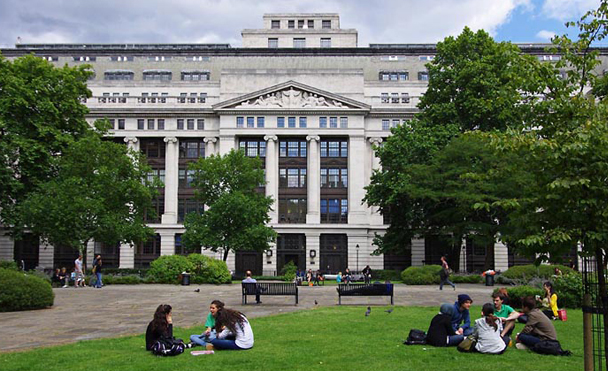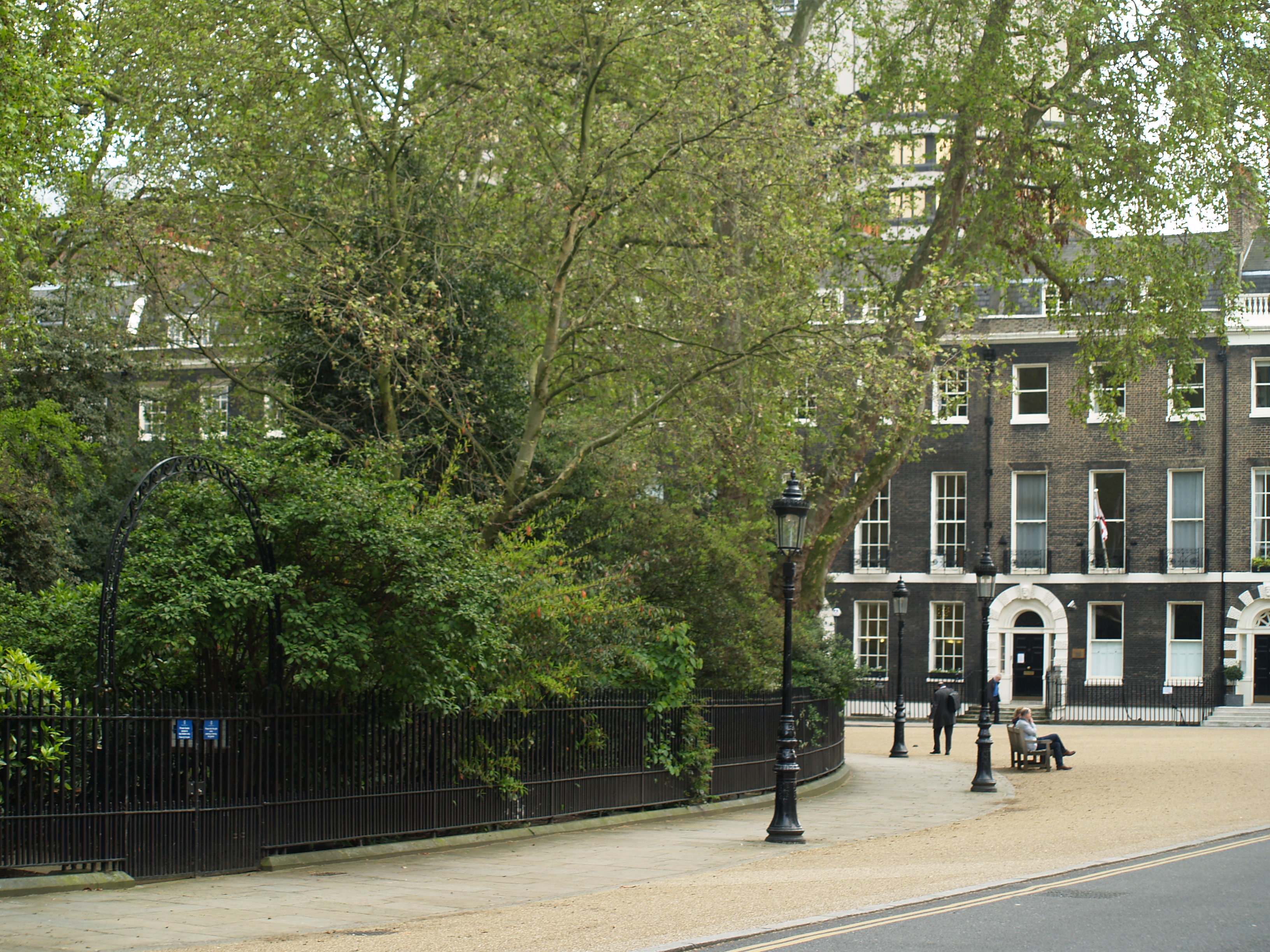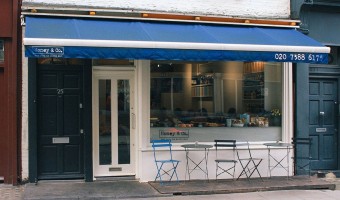 Bloomsbury Square Gardens
Bloomsbury Square Gardens
Find peace in a Modernist hotspot
During the early 20th century, literary modernism swept Europe. As technological developments altered the perception of space and time, as the First World War claimed the lives of millions of innocent citizens, as the religious institutes that governed individual actions dissolved, as old forms of representation in art failed to do justice to the world, modernism was formed with the intention of attempting to comprehend the new world.
A radical approach that yearned to revitalise the way modern civilisation viewed life, art, politics, and science, modernism sought to change the world. London, along with Paris, was the centre of literary modernism. Among the pioneers of the movement stood the Bloomsbury Group, who lived around the Bloomsbury Square Gardens.
These idyllic gardens and picturesque houses are most famous for being both a meeting ground and the home of some of the most renowned intellectuals of the 1920s and 1930s. The homes of acclaimed novelist and feminist Virginia Woolfe, biographer Lytton Strachey, the writer E M Forster and the economist John Maynard Keynes are marked by blue plaques in Gordon Square. The close group of friends would congregate in the Bloomsbury Square Gardens to discuss politics, art, philosophy and literature amongst many other things.
On a summer’s day, Bloomsbury Square Gardens are the ideal location for a picnic. Surrounded by towering white washed Victorian properties, Bloomsbury Square, one of the oldest squares in London, is a peaceful retreat from the hum of central London.
A little further down the road at Russell Square you will find the publishing house in which T.S Eliot, consummate modernist writer, formerly worked. Moreover, at 87 Marchmont Street you will find the home of Romantic period writers Mary and Percy Bysshe Shelley.
Bloomsbury Square is located within walking distance from Holborn tube station and is a short walk away from the British Museum.




.jpg)

 Load more triptoids
Load more triptoids